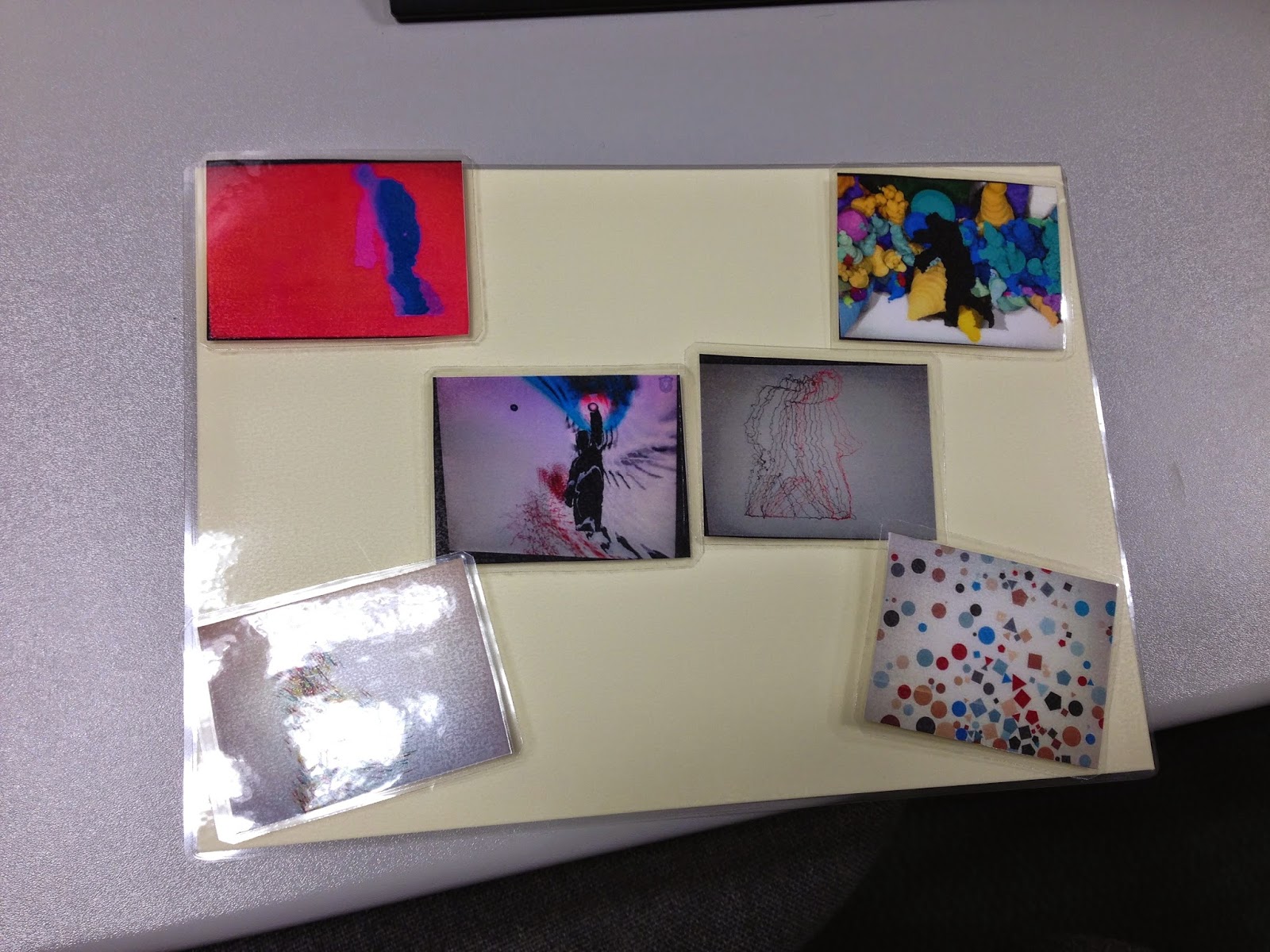During our PLC meeting on the 16th October we finally got the Oculus Rift working thanks to James Winchester and his HDMI enabled laptop!
What is VR?
Virtual Reality- using technology to create an immersive world/ experience.
What is the Oculus Rift?
Arguably the latest in this line of technology- it's just come out as a Development2 kit- which means it is not 'available in the shops' and there's not much commercial software for it yet- it's for programmers to try out and make content for. But- it is very close to the finished product and there are many examples of programs out already.
Basically it is a headset plugged into your computer that you wear over your eyes. Inside are two screens- one for each eye and these combine to give the impression that you can 'see' another world- a 'Virtual Reality'. Another camera attached to the computer then watches how your head is moving so you can look around this world and it moves accordingly- you can look around objects, under tables and also 'walk' forward- usually by tilting the head or using the keyboard or a controller.
Here is the headset and the camera attachments.
And this is what you see on the screen- two pictures that when viewed through the Oculus Rift create the Virtual Reality effect.
Before I move on I need to say that a great teacher in Australia, Mathieu Marunczyn, has already been trying the Oculus Rift with his pupils at a special school and he has written many interesting pieces on it's potential use in education and special needs- so we are following on from this and hopefully adding to his work.
Oculus:
Special Ed and Oculus
A lovely case study of Oculus and an ASD pupil.
Mat's blog is also great for a host of other things too- it's a shame he is on the other side of the world from us but we do keep in touch through Twitter- and it's great to have others trying out technology in such an inventive way.
What can it be used for?
I see three main aspects in our schools- though they're not totally separate from each other too.
Creating a learning environment.
For example- learning about space and the planets? Then fly around space and the planets.
Learning about a period in history? Then walk around a virtual Coliseum or Iron Age village or Stonehenge- what better way to spark discussion and thought than by sort of 'being there'.
Creative writing? Then go underwater or into a spooky house and use it as a platform.
The possibilities here, especially in mainstream or MLD classes are legion really if you think about it.
Also there is the idea to use VR as a 'role-play' space for learning key skills. Here is Mat's initial thoughts on the issue.
I can see how could work as an element towards such things as travel training and social skills work.
Use as 'calming' environment for pupils.
Mat has spoken about the possibility of pupils using it to calm down and manage their own sensory processing problems. With headphones on the experience is very immersive in terms of vision and sound and Mat gives the report of a pupil using it for the first time here with the Blue Marble program.
If, for example, due to an unavoidable classroom set up a pupil can use VR as a relaxation technique to regulate and change their sensory input then that could be a valuable tool.
To enable pupils to have new experiences.
This is linked to the first one I suppose but I'm considering here pupils with severe physical needs and also severe learning disabilities (SLD).
If during a sensory story on the sea a pupil could experience an immersive visual and audio experience of being on or under the sea wouldn't that be great?
Or during a lesson themed on the Funfair a pupil could 'experience' a rollercoaster ride for themselves. Or fly around space during your Star Wars sensory story? Or travel up a mountain?
Surely some of these experiences would be very difficult to emulate in the real world- so why not let them have that experience themselves?
What are the implications/ considerations for our pupils?
It's not the 'real world' so any social or life skills learning would have to be backed up by real world examples.
I don't see much of an issue with this as already if we teach a skill we usually start in class to practice and teach some key concepts- then it is taken into the real situation and taught there too. VR would just be another tool in this and a very useful one.
Do we want some of our pupils to have another world to immerse themselves in? We spend a lot of our teaching time with some pupils getting them to interact with others and respond to the world around them- do we want to add another layer- another world to complicate things? I think this is something to consider with pupils - as it is with anyone who spends too much time in the 'gaming' world.
Is it ethical to send pupils into space? I wouldn't feel comfortable strapping this onto a pupil's head and sending them down rollercoasters without their consent- and with some pupils how would we get this consent? This would link in directly to general ethical issues on how we treat our pupils in school- keeping them informed and treating them with respect.
Conclusion
There is no conclusion. Hopefully as a group we can discuss some of these issues and come to the beginnings of an informed consensus on the issues that the emergence of VR brings to education and the world of special needs.







